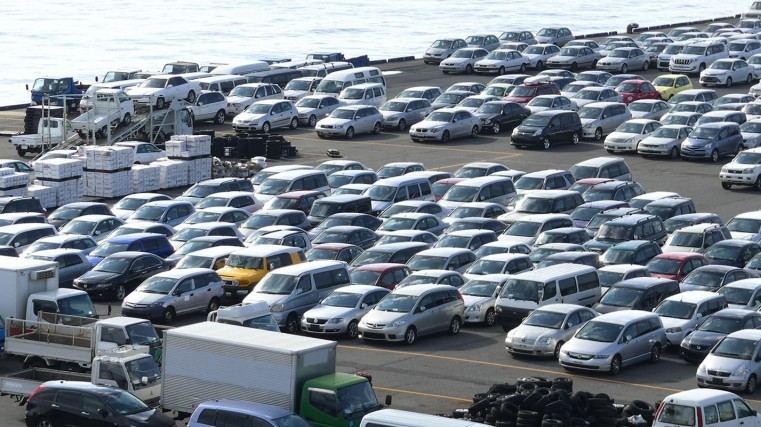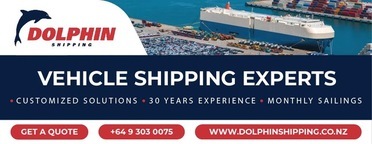Shipping lines still transporting EVs

It is business as usual for two shipping lines when it comes to transporting electric vehicles (EVs) from Japan.
Armacup Maritime Services and Toyofuji Shipping NZ have both confirmed to Autofile Online that they will continue bringing battery EVs (BEVs) and plug-in hybrids (PHEVs) to New Zealand.
The companies have made their positions known in the wake of Mitsui OSK Lines (MOL) suspending shipments of used BEVs.
Hans Corporaal, chief operating officer, says Armacup continues to ship used EVs from Japan to New Zealand. “It is business as usual.”
He adds. “Our policy is to not accept accident-damaged EVs. But we will be keeping a close eye on developments relating to used EVs and may need to adjust our policy in the future as and when more information comes available.
“Our priority will always remain a safe environment for our crews, vessels and cargo interests.”
Blain Paterson, general manager of Toyofuji, says: “There has been no talk at Toyofuji of not loading used BEVs and we haven’t looked at this in the past. As far as we are concerned, it is business as usual.”
Autofile has approached MOL for comment on its decision to suspend shipments of used BEVs, but not PHEVs, following an on-board fire that destroyed and also resulted in the sinking of the Felicity Ace along with its cargo of about 4,000 vehicles.
The vessel sank on March 1 off the coast of the Azores about two weeks after catching fire. Overseas reports have estimated the total cost of that incident could approach the equivalent of NZ$720 million.
To date, MOL has not confirmed the fire was caused by an EV, but lithium-ion batteries in EVs on-board appear to have fuelled the blaze, which the crew and rescue teams were unable to bring under sufficient control to prevent the vessel from sinking.
Sinking of ship
The Felicity Ace, which caught fire while transporting thousands of Volkswagen Group vehicles across the Atlantic, sank on March 1 at around 9am time off the Portuguese coast.
The ship, pictured below, was transporting its cargo from Germany to a port in Rhode Island, US, when the blaze broke out on February 16.
An unspecified number of Audis and 189 Bentleys were among the cargo, as were some new BEVs. A Porsche spokesperson confirms 1,100 of the brand’s vehicles were also on-board.
The Felicity Ace remained adrift, engulfed in flames, for days before firefighting vessels arrived to battle the blaze.
On February 25, salvage crews began towing the vessel to a safe area. But it toppled over and sank before making it to its destination.
On March 14, MOL issued this official statement after the car carrier suffered a list to its starboard side: “The oil slick seen at the time of the sinking has drifted as it dissipated and experts say it will soon disappear.
“During this time, a trace of a small amount of oil was found to have surfaced as an oil film from the site of the sinking.
“We have also obtained the opinion by the experts that it will gradually dissipate as it drifts.
“In accordance with expert organisations’ opinion, it is unlikely that a large-scale oil spill will occur. We will continue to observe the situation using satellite photos and establish a system to respond quickly to the situation.”






